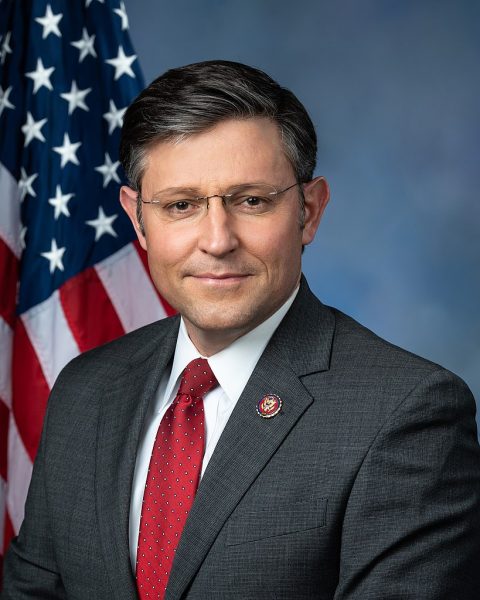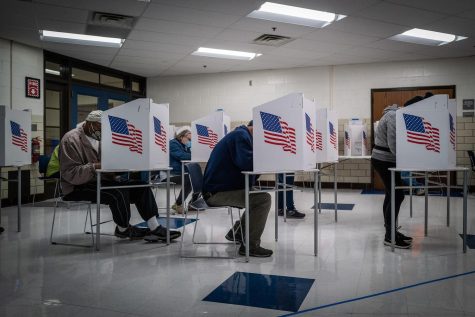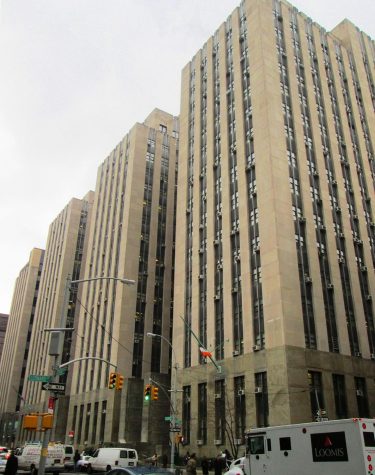Public markings transcend time
Humans across time and space mark their surroundings to indicate their presence
October 29, 2020
The other day, I went to the restroom at a bar and grill while I was eating lunch with a friend. On the wall in front of the stall, there was a smattering of scribbled profanities and stick figures. They were crude to the point that they must have been the result of many night time customers’ respective drunken stupors. Somebody had written in Sharpie, “Danny has smelly feet.” I found it pleasant to imagine that someone had taken a moment to write out such a blunt, relatively uncreative message on the wall and must have derived some degree of joy from it. But the scrawlings on the wall got me thinking about why it is that people have this innate, fundamental desire to mark on their surroundings wherever they go.
Growing up, one of the first rules I can remember hearing in school was, “Don’t draw on the desks, kids.” Perhaps one reason people have a particular desire to draw on their surfaces, in school especially, is due to boredom or the drifting of the mind. But, I think this urge to mark on our surroundings hints at a much more integral aspect of our humanity that goes beyond the simple desire to pass idle moments in a classroom. After using the restroom, I was reminded of when I visited the Poppi Castle, about an hour outside of Florence, Italy. I noticed something odd on the interior walls: scrawled in deep, stone cuts were people’s names with Roman numeral dates following. I was struck by one inscription in particular: “Antonio e Rosa, 1583.” It was fun imagining how long people had been meandering through it, wishing to leave their mark in some fashion. I was further reminded of my visit to the Kansas state capitol building in Topeka. In seventh grade, my school took us to the top of the copper dome that allows one to look out over the sweeping, oceanic plains. On the way up, there is an industrial limbo between the functional exterior of the dome and the ornate, aesthetically pleasing interior portion. You climb through it on a rickety, dark staircase which feels like one which was transplanted from some vast steel mill in Pittsburgh. But what I remember most was all the names which were scrawled in black paint on the sides of dark grey insides of the outer dome. Most of the dates were from around 1903, when the capitol was built.
I think this urge to mark on our surroundings hints at a much more integral aspect of our humanity … “
The locations of all the writings were far higher than the staircase would have enabled, making one imagine turn of the century construction workers perched on beams and scaffolding, taking a moment away from their paper sack or tin lunchbox meals to leave a note to all those who pass under their labor for the centuries to come. They all seemed to still be alive, smiling down from the rafters upon our middle school class below. Some might say that on a subconscious level, people are drawn to this sort of marking of their environments as a way of combating against the fear of death by somehow surviving on the surfaces of their lived environments. But, I think part of the answer could be less morbid. I feel that people like to do so because we are innately social creatures, who take every opportunity we can to connect with others, across generations or even time itself.
I spoke with a friend and teacher, Professor Billy Hamilton, about this topic. His most notable observation was that today, you just don’t see quite as much writing on bathroom walls or surfaces, in general, as you used to. Everyone’s on their phones all the time. With this in mind, I think it draws attention to yet another turning point on which the world is pivoting. As we all get drawn more and more into technology, we are continuously losing parts of our humanity which have long defined us. It may be welcome news to those who are responsible for keeping the walls clean at a school or institution that this age old tradition of physically projecting ourselves onto our lived environments is coming to a close. But, it also has a tinge of sadness that we are continually distancing ourselves from our physical environments. In this new digital age, how do you plan on leaving your mark?






















Jackie warren • Oct 30, 2020 at 12:22 pm
Wonderful ideas to contemplate.. Makes me feel like a dot in the universe..Humans leave their marks in many ways.. a fascinating topic..